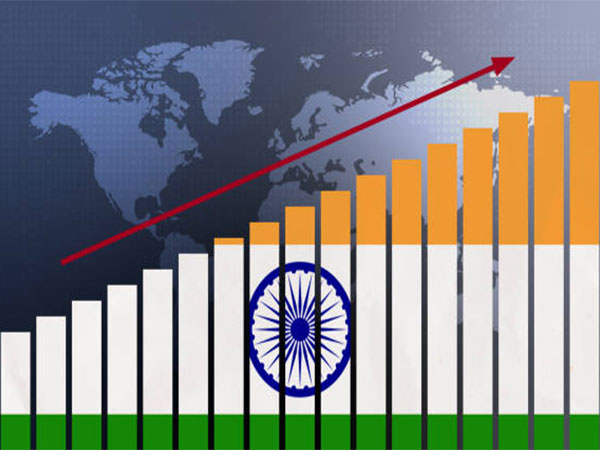India’s E-Commerce Surge: Online Retail to Hit $260 Billion by 2030
India's e-commerce sector is set to skyrocket from USD 75 billion to USD 260 billion by 2030, doubling its retail share. Driven by digital adoption and Gen Z, the rise spans fashion, electronics, and quick commerce, with Tier II and III cities leading transactions.

- Country:
- India
India's online retail landscape is poised for significant growth, with projections indicating that the sector will expand from USD 75 billion in 2024 to USD 260 billion by 2030. According to the latest FICCI-Deloitte report, this remarkable increase will see e-commerce doubling its share in the overall retail market from 7 percent to 14 percent, transforming consumer shopping behaviors across the nation.
The surge in online retail is being driven by rapid digital adoption, enhanced internet penetration, and the rising influence of young consumers, particularly Gen Z. Notably, Gen Z, characterized by their digital-first lifestyle and evolving preferences, are projected to constitute 43 percent of India's total consumption by 2025, wielding a direct spending power of USD 250 billion.
In fashion, Gen Z is predicted to drive nearly half of the demand, lead spending in personal care and footwear, and spearhead an overall market shift. A significant trend outlined in the report is the increasing dominance of Tier II and III cities, which now account for over 60 percent of all e-commerce transactions in India. Accessible smartphones, widespread connectivity, and low data costs have significantly broadened the digital consumer base.
As of early 2025, India recorded 1.12 billion active mobile connections, representing over three-quarters of the population, alongside 806 million internet users. Quick commerce, delivering rapid purchases, has emerged as a dynamic force and the fastest-growing segment of e-commerce, expanding rapidly in over 80 cities.
The grocery segment is anticipated to grow steadily at 8 percent annually from 2024 to 2028, driven by rising demand for convenience. Fashion sees accelerated growth due to premium and fast-fashion trends embraced by Gen Z and millennials. The fastest growth is expected in electronic appliances with a projected 14 percent CAGR, supported by rising incomes, urbanization, and a burgeoning middle class.
The changing demographics indicate that India's middle-income group, expanding at 6.3 percent annually, will make up 60 percent of the population by 2047, significantly impacting retail dynamics. While traditional retail maintains a 93 percent market share in 2024, this is expected to decrease to 86 percent by 2030 as digital platforms scale up. The overall retail market, valued at USD 1,065 billion, is projected to reach USD 1,930 billion by 2030, reflecting a 10 percent compound annual growth rate (CAGR).
(With inputs from agencies.)










